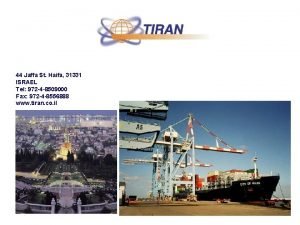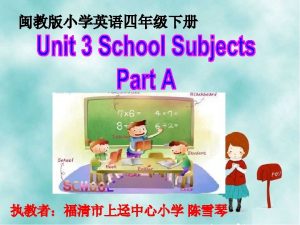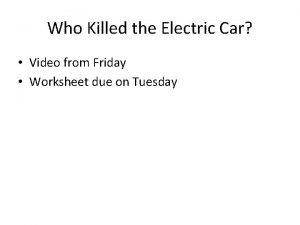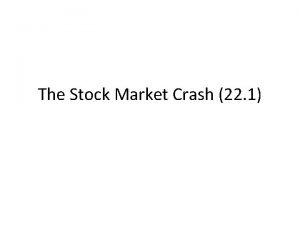Friday May th 10 HW Read pages 972














- Slides: 14

Friday, May th 10 HW: Read pages 972 -975. Answer questions 1, 5, 7, and 8. Aim: How did the leadership of Mao Zedong influence China? Do Now: Complete handout.

- Led Chinese Revolution (1911 -1912) - Overthrew Emperor of Qing dynasty and formed the Republic of China “Father of Modern China” - Established Kuomintang (Nationalist party) - First President of China

Chinese Civil War (1927 -1949) Chiang Kai-shek (Nationalist) Mao Zedong (Communist)

Mao led Communists on 6, 000 mile Long March to flee Nationalist forces. Approx. 7, 000 out of 100, 000 survived

Cold War Hot Spot • Communists were aided by the USSR • Nationalists were aided by the USA VS.

In 1949 Mao Zedong proclaimed mainland China as the People’s Republic of China (communist) with capital at Beijing

Nationalists fled to Taiwan and established the Republic of China (democratic) with its capital at Taipei


Communism under Mao • Mao set up a one-party dictatorship that denied people basic rights and freedoms.

Communism under Mao • Rural Chinese were provided with healthcare • Women gained some rights

Communism under Mao • Mao wanted to transform China from an agricultural society into a modern industrial nation.

Agrarian Reform Law of 1950 • Government seized land from landlords • Communists killed 1 million landlords that resisted • Mao redistributed land to peasants Chinese lived and worked on collective farms

• Mao nationalized private companies • Mao launched a Five-Year Plan in 1953 that set high goals for industry. By 1957, China’s output of coal, cement, steel, and electricity had increased dramatically.

• Make a connection between Mao and another dictator we have studied this year. • What are their similarities? • What are their differences?
 Tel 972
Tel 972 Printed pages vs web pages
Printed pages vs web pages Hci patterns
Hci patterns Homework is due on friday
Homework is due on friday Its friday th
Its friday th Happy friday today
Happy friday today Nonfiction reading test black friday
Nonfiction reading test black friday Sing along song
Sing along song Friday 412
Friday 412 Good morning friends friday
Good morning friends friday Monday wednesday tuesday thursday
Monday wednesday tuesday thursday Friday car video
Friday car video Friday night feeling fine
Friday night feeling fine Friday eve gif
Friday eve gif Black friday stock market crash
Black friday stock market crash



























